People and mangroves – towards a changing future in the Ayeyarwady Delta
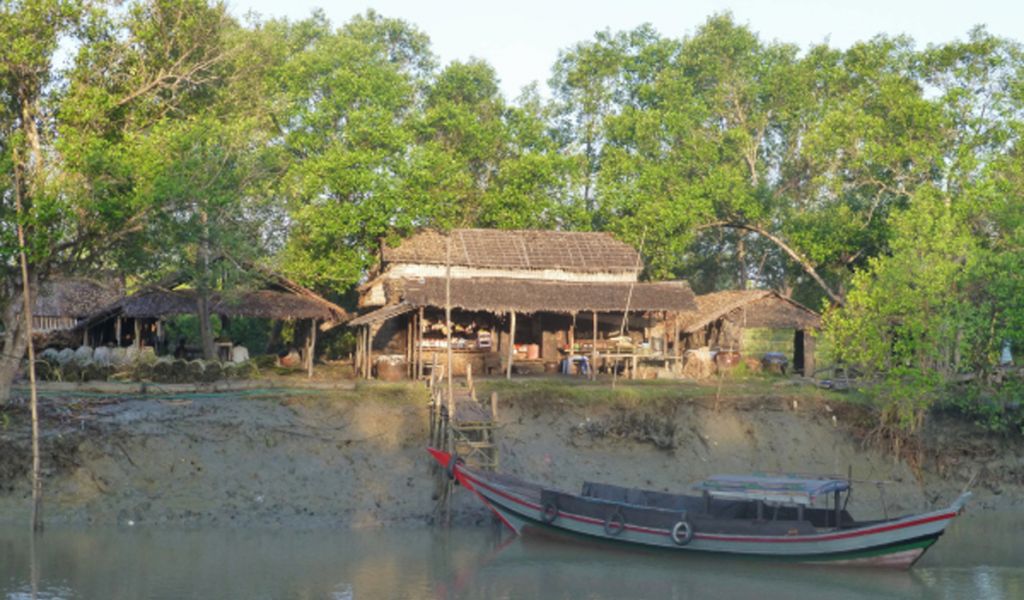
“The mangroves sustain us. We need to find ways to protect them so that they can protect us. Not only do we depend on them, but so will our children in the future,” U Hla Thein said the last time we met as I was coming towards the end of my fieldwork. He is a community forest (CF) chairman in Myanmar’s Ayeyarwady Delta – where the devastating storm surge from Cyclone Nargis killed many thousands of people, and destroyed infrastructure, properties and the livelihoods of many in 2008. One reason for the destructive impact of the Cyclone was the loss of mangroves along the coast. However, since 1999, the initiation of various mangrove restoration programs coupled with community forestry (CF) have helped the communities of the Ayeyarwady Delta to benefit from the mangrove products, as well as potentially reduce the impacts of future storms in the area.
Working as an intern at RECOFTC’s Myanmar Country Program office, I had the opportunity to closely observe the interactions between the people and their mangrove forests, and learn from them. What struck me the most was the seamless integration of people’s daily lives with the mangrove ecosystem. From the houses built mostly with materials from the mangrove forest to the fuelwood it provides – the proof was overwhelming.
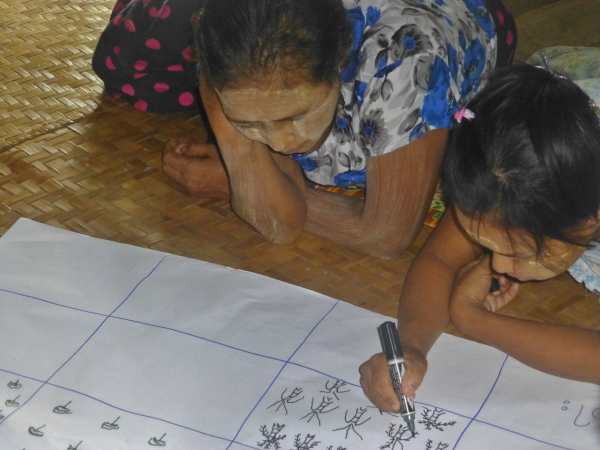
Nowadays while fuelwood is mainly used for household consumption, mangroves provide other vital livelihood sources - mainly crabs or dani leaves (Nypa fruticans) which the villagers collect daily to sell at a local market. Mangrove products are also part of their daily diet -- providing a range of vegetables and fruits as well as protein sources in fish, shrimp, crab and snails, which are all used in delicious local curries.
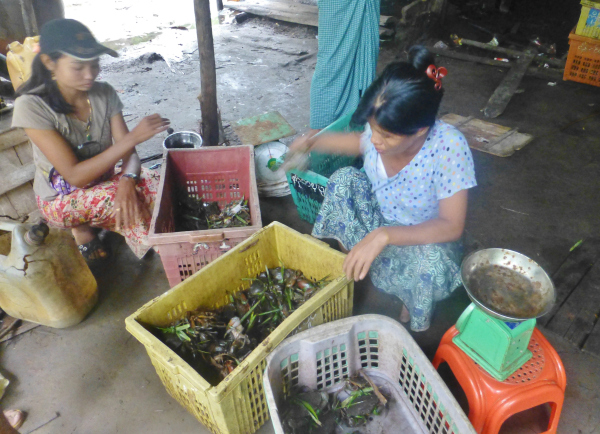
But like many areas in the world, the Ayeyarwady Delta and its local inhabitants are at risk of climatic changes. Temperature increase, irregular rainfall patterns and sea level rise have already manifested their increasingly negative effects on agriculture, particularly in rice production in the Delta. Adapting to these changes is a must for the 6.2 million people living in the Ayeyarwady Region, especially for the most exposed communities along the coast who depend on the mangroves for their daily needs.
Here are some benefits that make mangroves key for local communities in adapting to climate change:
Mangroves represent a resilient ecosystem. Mangrove trees are resilient because of their ability to restore their functions after disturbances. Mangroves can also stabilize sandbanks and prevent erosion. Well-preserved mangrove stands can build an important buffer along the coastline and in the estuaries, minimizing the impact of wind and storm surge. In Myanmar, it is believed that mangrove deforestation and forest degradation in the past contributed to the devastating impact of cyclone Nargis in 2008.
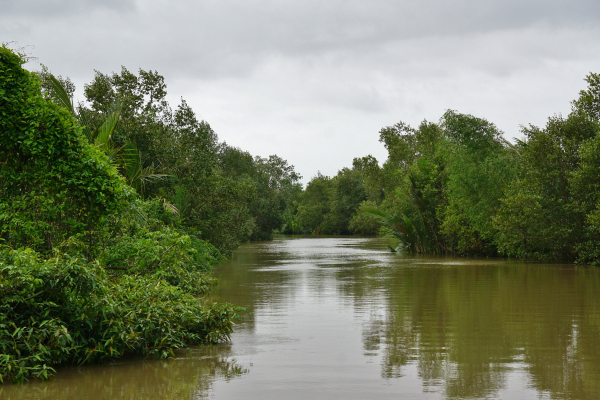
Mangrove forests provide major contributions to local livelihoods. In the study area, 25 percent of the total income is from mangroves. The main product is crab (80%), followed by timber, fuelwood and dani. Income from these products is especially important for community members ranked as very poor because they derive 34 percent of their income from the mangroves - with potential extra earnings of as much as US$3 per day from selling crabs. Dani thatching (used as house-building material), can also bring daily extra earnings for women. These incomes are on par with the daily labor rates of US$2 – US$3. However, labor opportunities are low in the region.
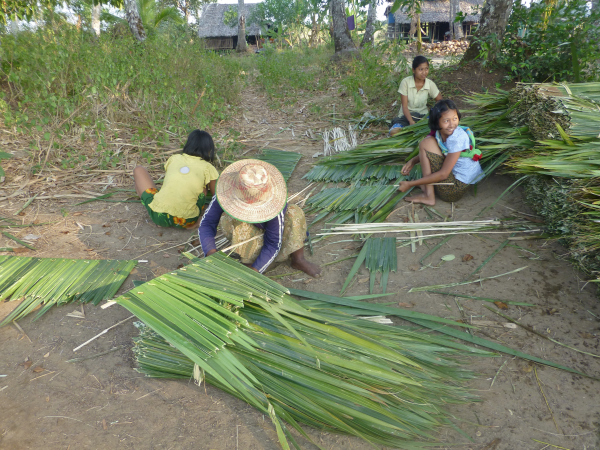
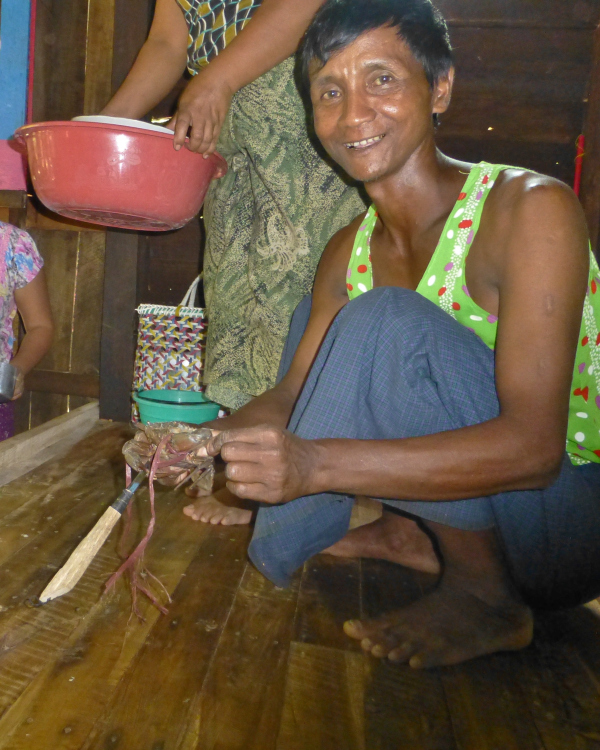
Studies suggest that forests are more sustainable when managed by local communities. In the Delta, I have learnt to understand the importance of mangroves for the local people and have seen their concern about illegal logging and forest degradation. Because of the local people’s long-term interest in maintaining and managing the mangrove ecosystem, they will protect their forests given the right tools and support. Therefore, commitment for sustainable forest management paired with clear rights and alternative income opportunities is an effective way to ensure lasting forest resources and services.
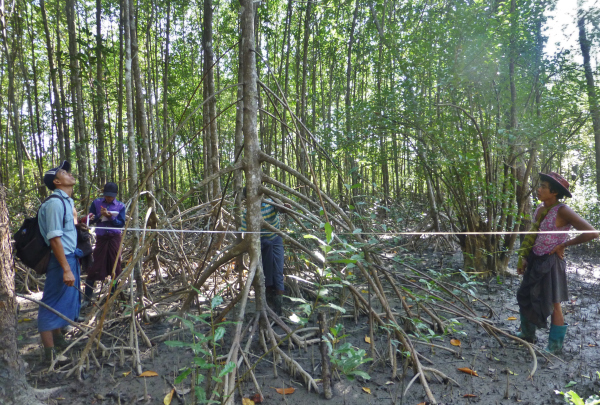

Local communities need mangroves not only in times of natural disasters, but more so in their daily lives. To ensure long-term benefits, we need the commitment of all stakeholders and stronger policies that will support the communities in protecting their forests from illegal logging and other disturbances causing degradation in the still young mangroves. We need to value the mangrove forests both for their products and their protective functions -- and more importantly, for the people whose lives are harmoniously intertwined with them.

